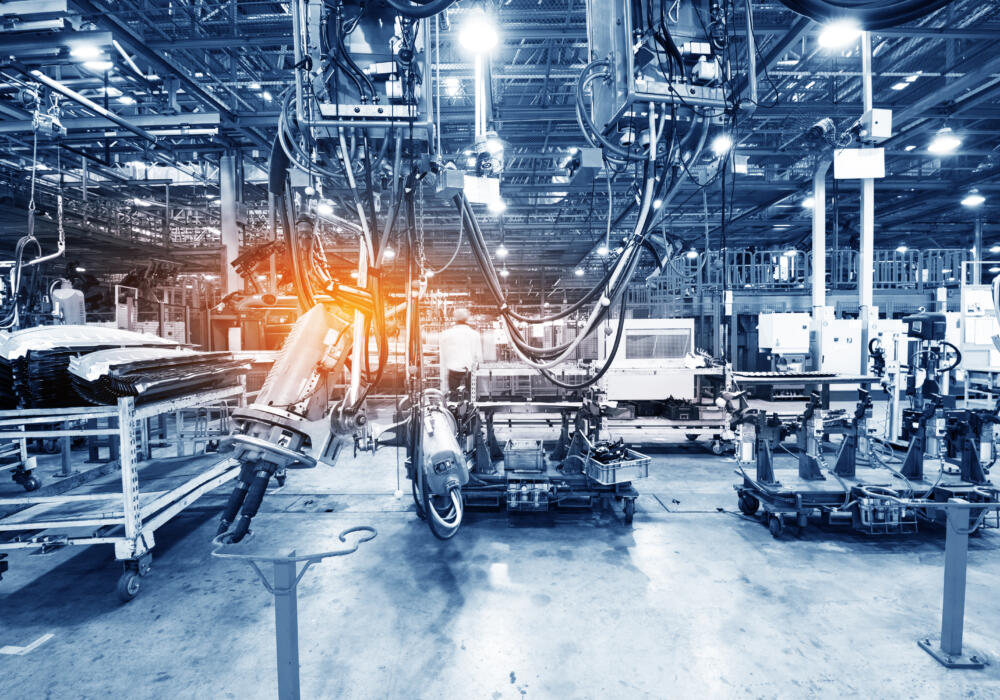By Prof Roy Green
Emeritus Professor, Special Innovation Advisor at the University of Technology Sydney
The existential climate challenge is Australia’s opportunity to reverse the policy settings that hollowed out manufacturing.
In his speech on a Future Made in Australia, Prime Minister Anthony Albanese asked us to be “willing to break with old orthodoxies” and “pull new levers to advance the national interest”.
It seems from the chorus of criticism by past and present Productivity Commission heads that he will not be able to do so without some fierce resistance from those whose attachment to old orthodoxies dies hard.
This criticism has taken a familiar form over the years, essentially that any attempts by government to reshape or diversify Australia’s narrow trade and industrial structure, based as it is on primary commodity exports, are bound to fail.With a selective use of evidence, it is said that such attempts would simply“encourage rent-seeking”, produce a “misallocation of resources” and result in“sub-optimal outcomes”.
We have to wonder at this choice of language, as the commission has itself –through relentless advocacy of privatisation, contracting out and other “reforms” –enabled rent-seeking on an unprecedented scale. The result, as we now see, is not productivity-enhancing competition but innovation-stifling market concentration.
Nor is the commission averse to subsidies, provided they suit its doctrine of comparative advantage, which privileges the export of unprocessed raw materials over more complex, value-adding activities. Its annual Trade and AssistanceReview regularly draws attention to what remains of the support for manufacturing while omitting any reference to fossil fuel subsidies.
For example, the diesel fuel tax rebate, which is accessed predominantly by a handful of international mining companies, costs the taxpayer $7.9 billion a year –more than half the entire Commonwealth spend on research and innovation. No wonder productivity growth in Australia, on the Productivity Commission’s watch over the past two decades, is the lowest for 60 years.
Australia’s ranking in the Harvard Atlas of Economic Complexity, which measures the diversity and knowledge intensity of a country’s export mix, has likewise continued its downward slide to 93, just behind Uganda. According to theWashington-based Information Technology and Innovation Foundation, the presence of “advanced industries” in the economy has also fallen from 44 per cent to 59 per cent below the global average.
Missed opportunity
The hollowing out of manufacturing, which together with related services drives research and skills in most economies, has left Australia vulnerable to commodity price cycle and supply chain shocks. In focusing on our comparative advantage in resources, policymakers missed the chance to pursue new and existing areas of competitive advantage, based on knowledge and ingenuity.
After starting at level pegging early last century, Australian living standards surged ahead of Argentina’s thanks to a crude but effective strategy of infant industry development behind protective tariffs. The 1929 Brigden Report noted that “the maximum income per head for Australia would probably be obtained by reducing it to one large sheep-run with the necessary subsidiary and sheltered industries”.
When, by the 1980s, the costs of protection were seen to outweigh the benefits, theHawke-Keating government embarked on a process of tariff reductions. But in doing so, it introduced industry plans and structural adjustment measures to encourage a shift from vertically integrated mass production to smaller, more specialised firms that could compete in global markets and value chains, with increasing returns to scale.
While manufacturing as a whole contracted, the success of this new approach could be gauged from the fact that “elaborately transformed manufactures”became the fastest-growing area of Australia’s export trade. However, instead of building on this success in the subsequent commodity boom, governments complacently took the windfall gains and allowed the market to take its course.
Instead of telling us why the future cannot be made inAustralia, perhaps the critics could more profitably turn their minds to how it can.
As we now know, these windfall gains masked a deterioration in Australia’s productivity performance , as the “resource curse” of a stronger dollar rendered much of the new manufacturing uncompetitive. Rather than emulating the Norwegians, who took a stake in their North Sea oil and gas assets, imposed a 76 per cent resource rent tax and created the world’s largest sovereign wealth fund, we followed the British model.Australia is uniquely fortunate in having another chance to get its policy settings right. And, faced with the existential challenge of climate change and energy transition, we must. The scale of the opportunity is huge – to grow the industries and jobs of the future in a global market estimated to be worth $10 trillion by 2050.
The Future Made in Australia initiative is the first step in a co-ordinated “whole of government” approach to enabling competitive advantage in this market forAustralian firms in collaboration with our research and education institutions.Instead of telling us why the future cannot be made in Australia, perhaps the critics could more profitably turn their minds to how it can.
Article first published in the Australian Financial Review, 21 April 2024

